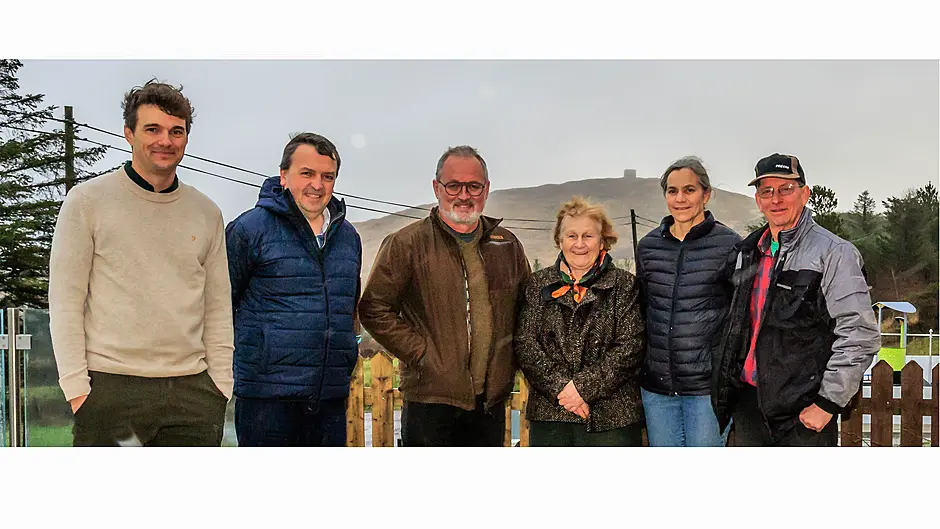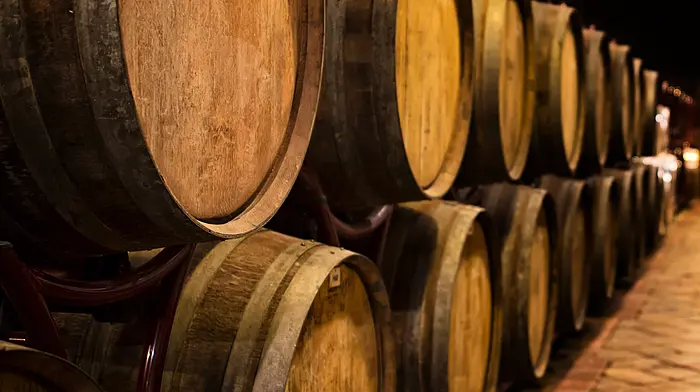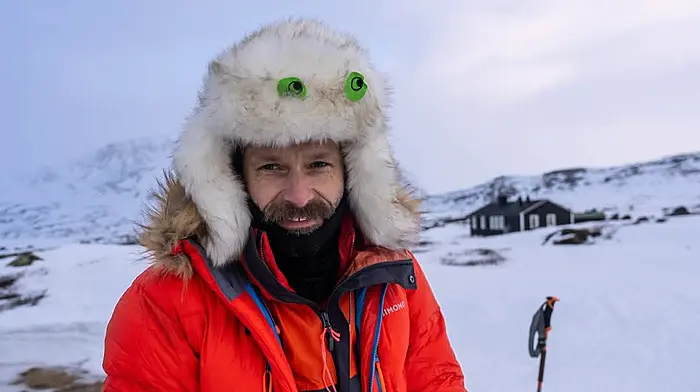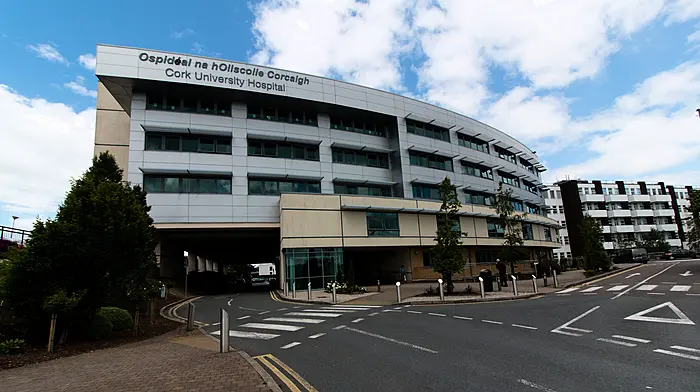The community of the West Cork island has joined forces with energy experts to help reduce the island’s carbon footprint to zero, as Helen Riddell reports
The community of Bere Island has joined forces with Danish experts in a bid to reduce the island’s carbon footprint so it can one day rely entirely on renewable energy sources for homes, businesses and transport needs.
The Bere Island Sustainable Energy Community (SEC), with the support of Bere Island Projects Group, hosted a visit to the island last week of Soren Hermansen and Alexis Chatzimpiros from the Samso Energy Academy in Denmark.
They met with the island community to outline how the island of Samso became the world’s first renewable energy island and is now a world leader in sustainable energy. The Samso Energy Academy is a non-profit organisation which was formed to drive Samso’s transition to clean energy, and was officially recognised by the UN at Cop26 in Glasgow as a climate leader.
Bere Island first began to explore the potential of moving away from fossil fuels in 2010, when a group travelled to Samso to see the work the academy was doing. In May 2017 island communities received official support for converting to renewable energy when the European Commission, together with 14 member states, signed a ‘political declaration on clean energy for EU Islands’ which recognised that islands face a particular set of energy challenges and opportunities, due to their geographic and climatic conditions.
The Bere Island group worked on a number of small scale projects over the years, which included converting the island’s recycling centre to run on renewable energy. However, in 2020 the group realised the urgency of the impact of climate change, and formalised its structure, by becoming the Bere Island Sustainable Energy Community.
Group members David Andrews and Belinda Sloan outlined how they registered with the Sustainable Energy Authority of Ireland (SEAI) to become an official SEC and through SEAI, commissioned an energy master plan for the island. ‘By creating a master plan, it gave us a holistic approach to energy conservation, renewable energy production and improving existing housing stock on Bere Island,’ said David.
The energy master plan revealed that in 2021, Bere Island, which has a population of just under 200, spent €1.8m on energy costs. Of the total energy usage on Bere Island, a staggering 78.3% was from transport, which included the island ferries, privately owned boats and cars. Residential energy usage was 17.3% with commercial usage at 3.8% and farming at 0.5%. Belinda said: ‘With the current level of rising energy costs, we would expect the costs for 2022 to be at least 30-40% higher.’
The master plan also identified key focus areas, such as improving energy efficiency in housing stock, reducing fossil fuel consumption and installing charging points for electric cars and bikes, and mitigating marine vessel dependence on diesel usage.
With support from the European Network for Small Islands (ESIN), the group was able to bring Soren and Alexis to Bere Island to assist them in progressing their plans. A series of meetings was arranged with island farmers, ferry operators and business owners and also the island national school, where pupils demonstrated a recent project where they designed, made and tested small windmills.
At a public meeting on the island, Soren Hermansen outlined how Samso had made the transition to clean energy. ‘Islanders were sceptical at the beginning and didn’t know the impact this would have on their lives.
They recognised that there was a problem, not just in terms of protecting the climate, but also the economy of the island,’ he said.
Soren said one of the driving forces behind Samso’s move to clean energy was the creation of more jobs, particularly in retrofitting island homes.
The success of the transition to clean energy on Samso led to the setting up the Samso Academy of Clean Energy, which Soren says in itself has supported the island’s economy by bringing up to 4,000 visitors a year to see the work the academy is doing.
Along with assisting other island communities, it has also supported communities around the world in their transition to clean energy.
The Bere Island SEC believes that the transition to renewable energy will enable the island’s residents to save an average of 20% of their energy use, have lower fuel bills and create local jobs through refitting homes and growing bio-mass fuels.
‘Our aim is that Bere Island will be carbon neutral by 2030, with zero fossil fuel consumption,’ added David.
ENERGY USAGE ON BEARA
THE island spent a total of €1.8m on energy in 2021.
The Bere Island Sustainable Energy Community plans to improve the island’s energy usage by concentrating on the following key areas:
• Transport – installing electric charging points for cars, bicycles and boats.
• Commercial and community buildings – installing solar PV panels to generate electricity.
• Residential – conducting BER reports, installing smart meters, and sourcing funding for PV panels and house insulation.
Research shows that the island’s usage in 2021 was broken down into: agriculture 0.5%; commercial 3.8%; residential 17.3%; transport 78.3%.








